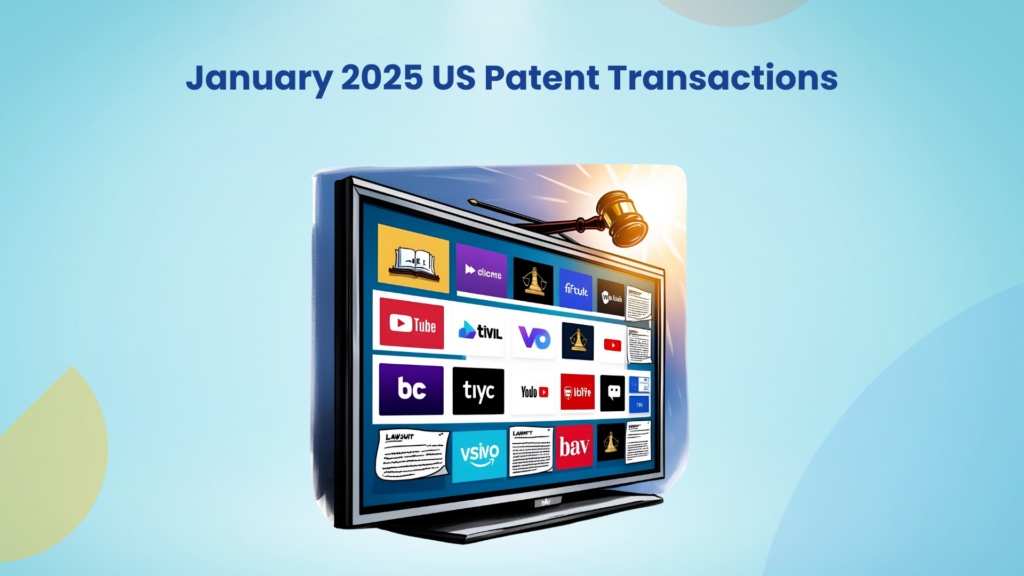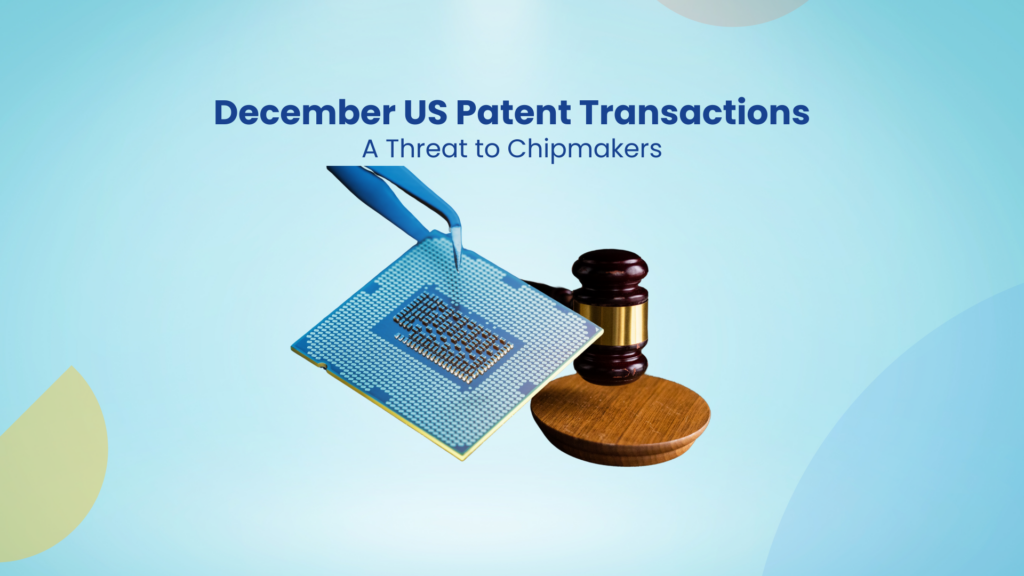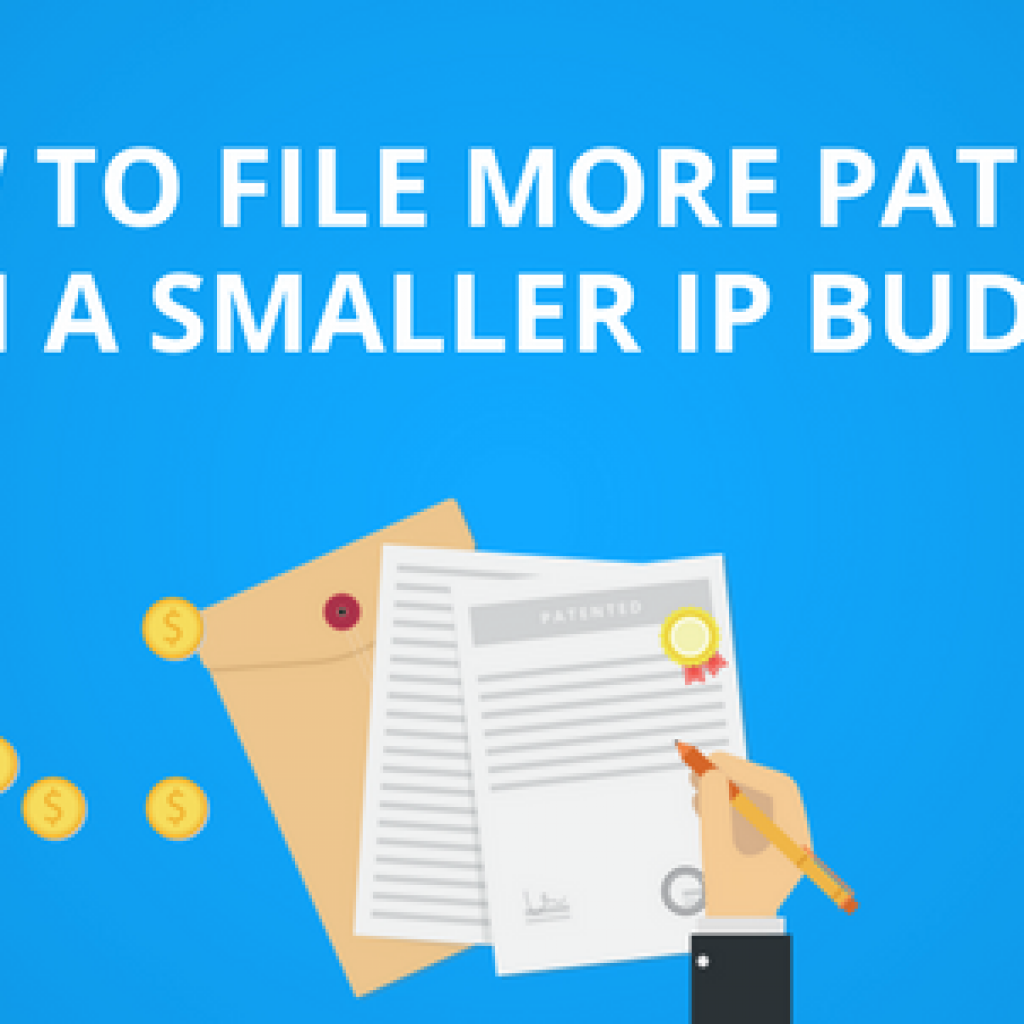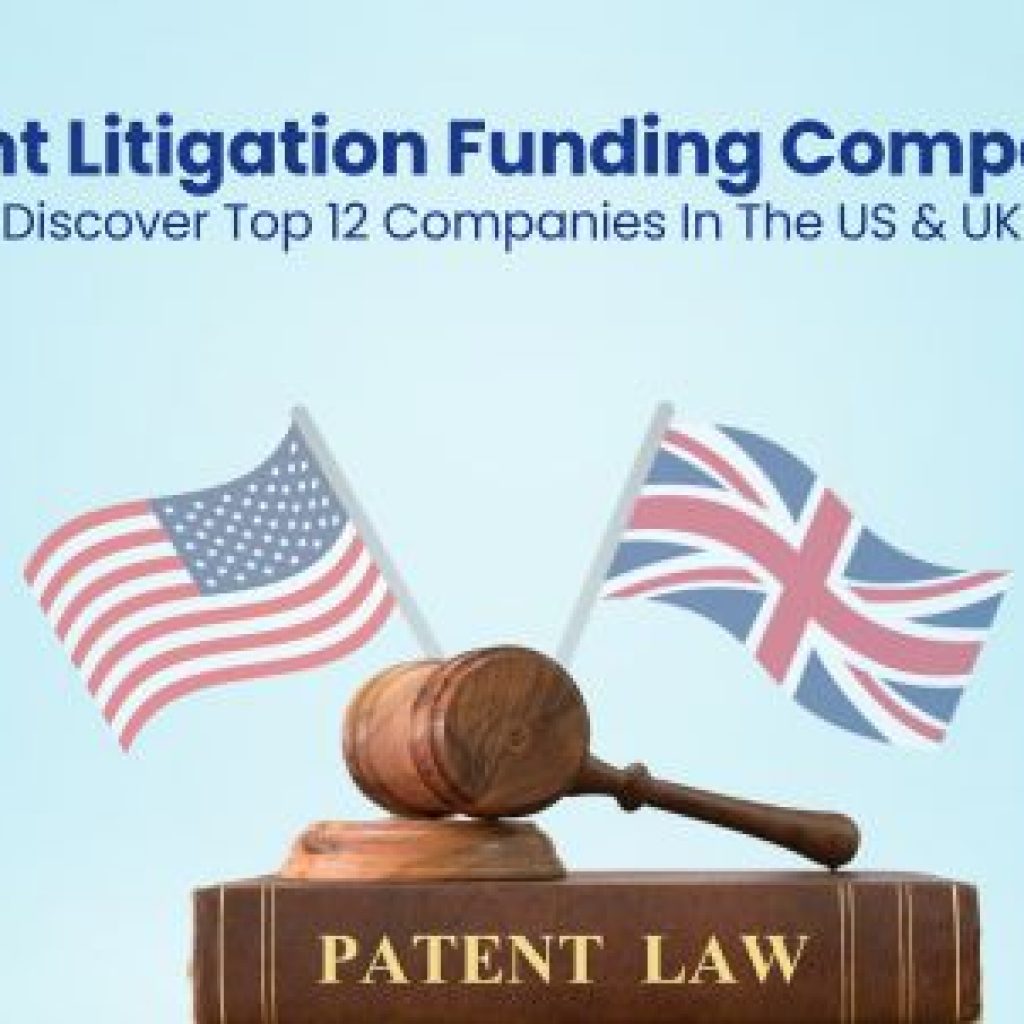Selling a patent, licensing a patent, patent pooling, proving that your patent is a standard essential patent, etc are some of the patent monetization strategies or in other words, are different ways to make money from patents.
Patents are one of the important assets of an organization as long as they are protecting a product line, are enforced or commercialized. Otherwise, they are just a piece of paper that costs you a lot to procure and comes with an expiry date.
Further, 90% of the patents don’t get commercialized. Thus, earning patent royalties or selling a patent portfolio isn’t an easy nut to crack. That is why we cover the topic of patent monetization: common mistakes, and different strategies to follow time and again on our patent strategy blog.
We have also provided suggestions of various models/tools that would come in handy to achieve the purpose of monetizing your patents. All that in individual pieces.
We understand that you might have different goals and are maybe looking for a path to achieve one particular method for commercialization and are looking for more information. Or maybe you are checking around your options.
To help you in your quest, we have designed this list that would help you get on to the next level towards achieving your goal. Whether you’re an inventor with a couple or more patents or an organization with a full-fledged patent portfolio, there is something in this list for everyone.
If you have any questions or queries, drop a comment or
Here you Go! Use the table of content to navigate the document.
Strategies that can help in Selling a Patent or a Patent Portfolio
Why is it important to check the strength of your patent before selling/licensing?
What kind of impression you have for a company that sells faulty goods? Further, how do you feel if you purchase something that doesn’t work as per the promise? The same is the case when you purchase/sell/license a patent or patent portfolio without checking its strength. <Read on>
How Bob Stumbled upon the Secret for Maximizing Return On Investment while Monetizing Patents?
Read the story of Bob who realized the hard way that not spending money and time on product testing and/or reverse engineering of products can prove detrimental as the actual worth of patents remains unknown. Bob learned it the hard way. Learn from Bob’s mistake. <Read on>
‘Learn from the mistakes of others. You can’t live long enough to make them all yourself.’ — Eleanor Roosevelt
List – 23 Marketplaces to buy and Sell Patents
Have you ever felt a need for one comprehensive list of all the patent marketplaces where you could buy and sell patents? I’m happy to announce that your search ends here! <Read on>
21 Patent Buying and Selling Strategies for Big and Small Companies
In business, everyone has different needs and therefore different strategies are needed and thus, crafted for solving them. In this article, we have shared 21 such strategies companies use – irrespective of their size – for buying and selling patents. <Read on>
Strategies to Find Patent Licensing and Patent Enforcement Opportunities
3 Step approach to finding products infringing on your patents
This article gives a three-step strategy where you first create a taxonomy, then patent-feature mapping, and finally patent-product mapping to detect which products are reading claims of your patents. <Read on>
SWOT Analysis can help unlock the value of your patent portfolio
A SWOT analysis can be a great tool to find out the good and bad parts of your patent portfolio. Not just that, be it a countersue-risk assessment, due diligence prior to an M&A, self-portfolio optimization, or patent licensing/selling, you can find its application everywhere. <Read on>
How to Increase the Monetary Value of a Patent?
This article is a case study that teaches an approach that we followed to increase infringement potential of a client’s patent. Result: He could make more money than before now. <Click here for details>
The Four Step Process to Patent Licensing
Licensing patents is a COMPLEX process which we have simplified by breaking it down into 4 steps:
1. Identifying patents that could be licensed,
2. Finding the companies that would like to take a license,
3. Assigning a value to the patent,
4. Let them know your offer of wanting to license your patent.
Tools that Helps in Finding Patent Commercialization Opportunities
How Can Automation tools help develop a Smart Patent Monetization strategy?
Isn’t it a bad strategy to spend hours on running a task that a tool could do within minutes? Yes, it is! We do also agree with you. With this in mind, we created a list of 7 tools that can help you achieve more with less effort: Get the list here.
This free tool can help understand the value of your patents
Do you want to check the chances of your patent set finding monetization opportunities? Use the free Patent Ranking Engine by GreyB to get an idea about the quality of a patent to make more informed decisions.
It can come really handy when you’re executing a patent valuation assignment and is running out of the time. <Read on>
GreyFox – A tool that helps Sell or License Undervalued Patents
GreyFox is a proprietary tool by GreyB. Its intelligent algorithm filters out results irrelevant during an infringement search. This saves time at a searcher’s end and increases the probability of finding licensing/selling opportunities. <Find out how>
Pitfalls to Avoid During Patent Monetization
7 Patent Monetization mistakes you should avoid, 6th can cost you a Fortune
90% patents get voluntarily abandoned. They don’t get implemented. They don’t even find any licensing opportunity.
Does that mean those 90% patents are useless? No. Some of them can be, but not all. Most among those 90% patents don’t find monetization opportunities because of the blunders committed by a patent owner. <Avoid the Patent Monetization Mistakes>
Patent Monetization mistakes most Businesses are collectively making
If after five or ten years down the road of obtaining patents, you do not want to be in a position of waiving around a questionable patent in the face of potential infringing entities, then you must read this article by Eric Halber, a US patent attorney with more than 25+ years of experience: <Read on>
To help you make crucial decisions
Sell, license or Scrap your Patent?
Do you have a patent or a patent set and you are confused about whether to go ahead with licensing, selling, or scrapping? This article can clear your dilemma: <Read On>
How good are you in IP Asset Monetization?
If you decide to hire a patent consultancy firm to help you make money using your patents, the stats in the article can help you make a decision. < Read On>
Patent Monetization – 101
Patent Licensing 101 – Everything you need to know
Join us as we take a deep dive into the topic and explore various types of licenses that exist and have a brief look at each of them. That is not it. We would also be exploring the benefits of licensing and things to take care of before going ahead with the licensing process. <Read on>
Patent Commercialization – 5 ways to Make Money from Patents
Take a brief look at the five different ways which can help you make money from your patent assets. <Read On>
Patent Monetization Strategies for Startups and Small and Medium Companies
4 Clever Strategies companies use to monetize their patents without spending Millions on Consultancies
The article discusses four actionable and easy to implement strategies that can help anyone monetize a patent portfolio without spending money on consultancy firms. >Read on<
Smart Patent Monetization Strategies for Startups, and Small and Medium-Sized Companies
In this article, Eric Halber, a US patent attorney with 25+ years of experience, presents a smart patent monetization strategy that involves a series of steps and is well suited for a company with a small patent portfolio. <Read On>
Hope you enjoyed exploring these different patent commercialization strategies. Which one did you like the most? Let us know in the comment box.











